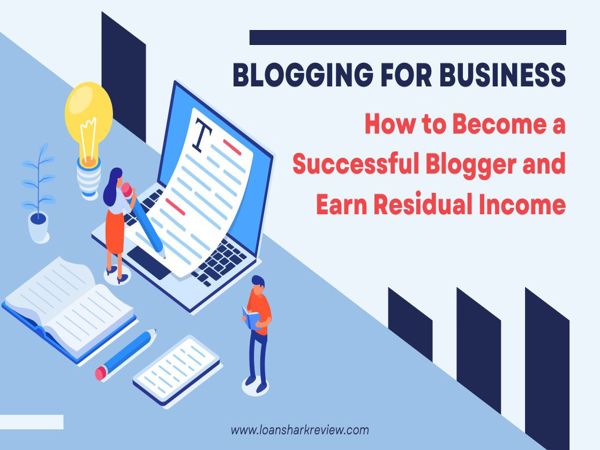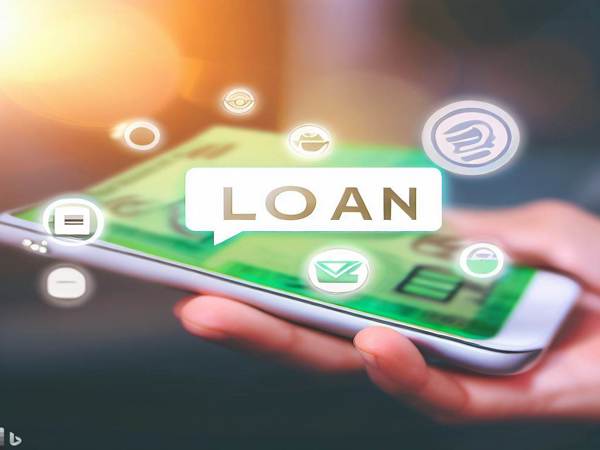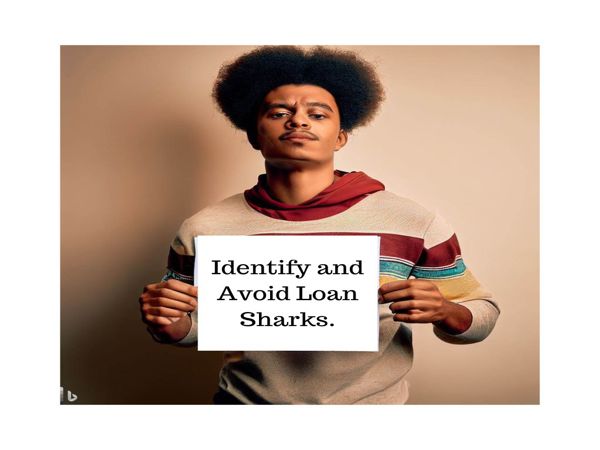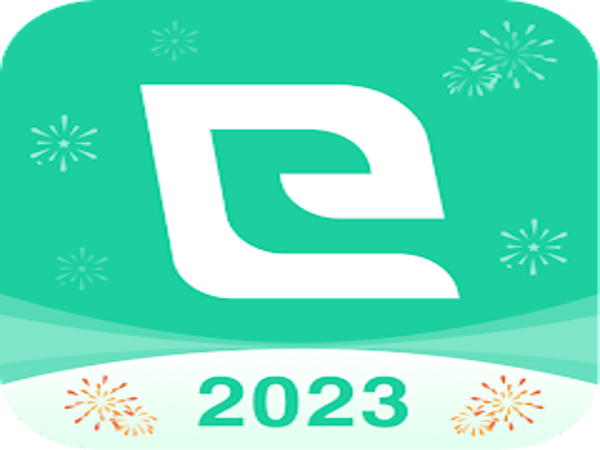Blogging has evolved from a hobby into a lucrative business model for many. By sharing expertise, insights, and experiences, you can build an audience and generate steady income. If you're passionate about a subject and enjoy writing, blogging can be a rewarding venture. In this guide, we will explore how to become a successful blogger and earn residual income. We'll also provide examples, step-by-step solutions, and methods for monetizing your blog.
Step 1: Choose a Profitable Niche
The first step in becoming a successful blogger is identifying a niche. A niche is a specific area of focus for your blog. The more focused your niche, the better chances you have of attracting a dedicated audience. Popular niches include finance, travel, health, personal development, technology, and lifestyle.
Example: If you’re passionate about personal finance, you could start a blog about budgeting, saving money, and making investments. Over time, as you share valuable content, people will see you as an expert, and this trust will allow you to monetize your blog effectively.
Actionable Steps:
- Make a list of your interests and passions.
- Research the demand for your niche by checking popular blogs and using tools like Google Trends.
- Ensure your niche has long-term potential for growth.
Step 2: Set Up Your Blog
Now that you’ve chosen a niche, it’s time to set up your blog. You need a good platform and a reliable hosting service. Most bloggers use WordPress because it’s user-friendly and highly customizable.
Actionable Steps:
- Pick a domain name: Choose a unique, memorable, and relevant domain name.
- Choose a blogging platform: WordPress, Squarespace, or Wix are popular options.
- Get hosting: Sign up for a web hosting service (e.g., Bluehost, SiteGround, or HostGator).
- Install WordPress: If you’ve chosen WordPress, install it on your hosting account.
- Pick a theme: Choose a design that suits your niche.
- Set up essential plugins: Install plugins for SEO (Yoast SEO), speed optimization, and social sharing.
Step 3: Create Quality Content
Content is the foundation of a successful blog. Focus on producing high-quality, informative, and engaging posts that provide value to your readers. Well-written content will keep your audience coming back and attract more visitors over time.
Example: If your blog is about travel, you could write blog posts like “Top 10 Budget Travel Destinations in 2024” or “How to Plan a Trip with N200,000.”
Actionable Steps:
- Plan your content: Create an editorial calendar to keep your content organized.
- Write engaging posts: Ensure your posts are clear, concise, and informative.
- Use visuals: Include images, infographics, or videos to make your posts more engaging.
- SEO optimize your posts: Use relevant keywords in titles, subheadings, and meta descriptions to help search engines rank your blog.
Step 4: Promote Your Blog
Even with great content, you need to promote your blog to reach a larger audience. Social media platforms, SEO strategies, and email marketing can help drive traffic to your blog.
Actionable Steps:
- Social media: Share your posts on platforms like Facebook, Instagram, Twitter, and LinkedIn.
- SEO: Optimize each blog post for search engines by using long-tail keywords, meta tags, and backlinks.
- Email marketing: Create a mailing list and send regular updates to your subscribers.
Step 5: Monetize Your Blog
Now that you have an audience, it’s time to monetize your blog. There are several methods you can use to generate residual income from blogging:
Advertising: Use Google AdSense or display banner ads from advertisers in your niche.
Affiliate marketing: Promote products or services and earn a commission on sales generated through your unique affiliate links.
Example: If you run a travel blog, you could join affiliate programs with booking platforms like Booking.com or Expedia and earn a commission when readers book trips using your link.
Sponsored posts: Collaborate with brands to create sponsored content. You can get paid to review products or write about specific topics.
Sell digital products: E-books, online courses, templates, and other digital downloads are great ways to earn passive income.
Example: A food blogger could sell an e-book with “100 Quick and Healthy Recipes.”
Offer services: Many bloggers offer coaching, consulting, or freelancing services related to their niche.
Membership site: Offer premium content to readers who are willing to pay for exclusive insights, tools, or courses.
Steps to Start Blogging
- Identify your niche: Find a niche you're passionate about and one with an audience.
- Set up your blog: Purchase a domain, set up hosting, and install WordPress.
- Create content: Focus on delivering high-quality, valuable blog posts.
- Promote your blog: Share your content on social media, optimize for SEO, and grow your email list.
- Monetize: Explore methods such as affiliate marketing, sponsored posts, and selling digital products.
Ways to Monetize a Blog
- Ad Networks: Place ads on your blog via platforms like Google AdSense. Each time a visitor clicks on an ad, you earn money.
- Affiliate Marketing: Promote other people's products and earn a commission on sales generated through your referral links.
- Sponsored Content: Partner with brands to create and promote posts related to their products or services.
- Digital Products: Sell your own e-books, courses, or design templates directly from your blog.
- Membership/Subscription: Offer premium content to subscribers for a fee.

.jpg)








